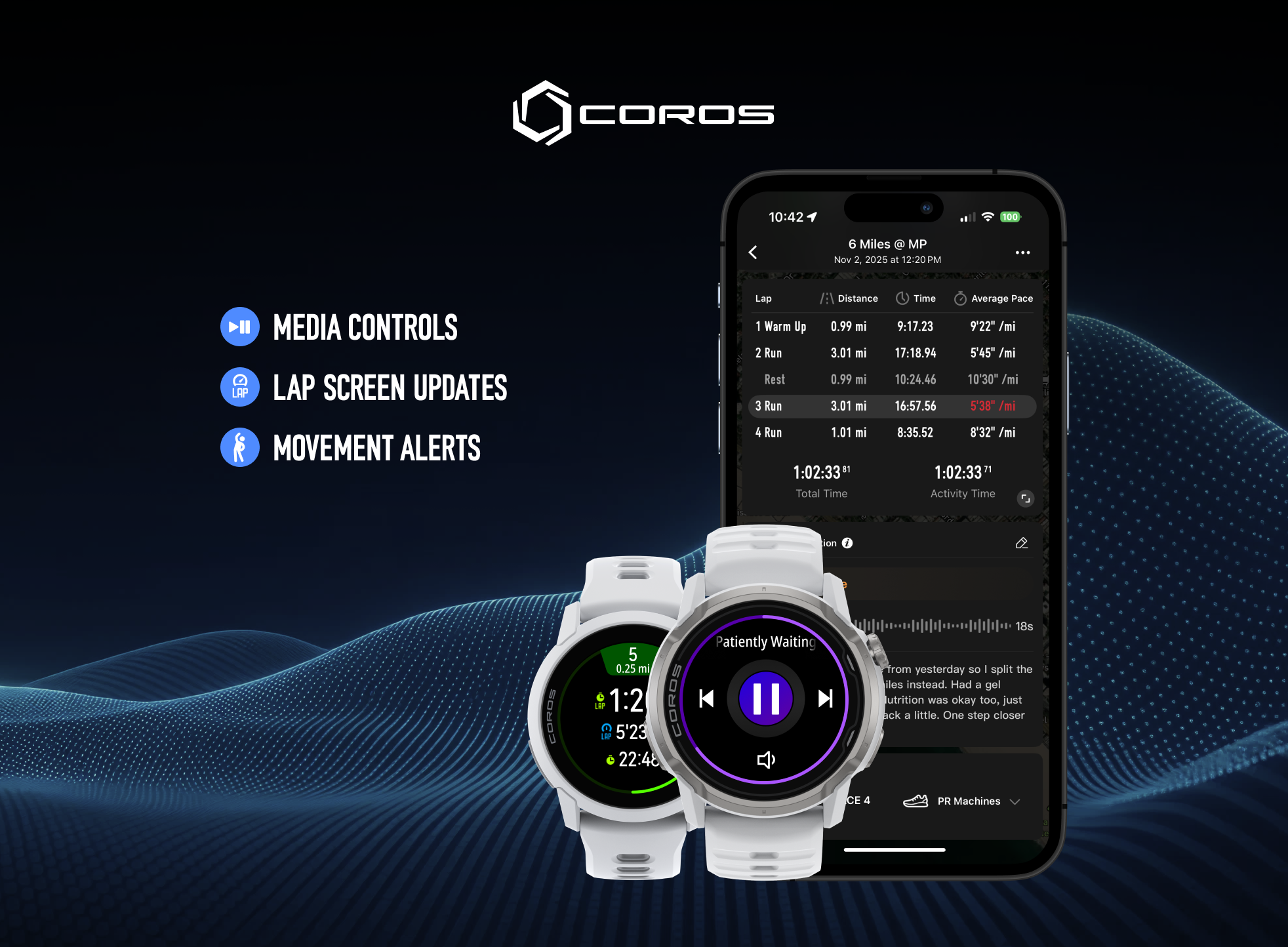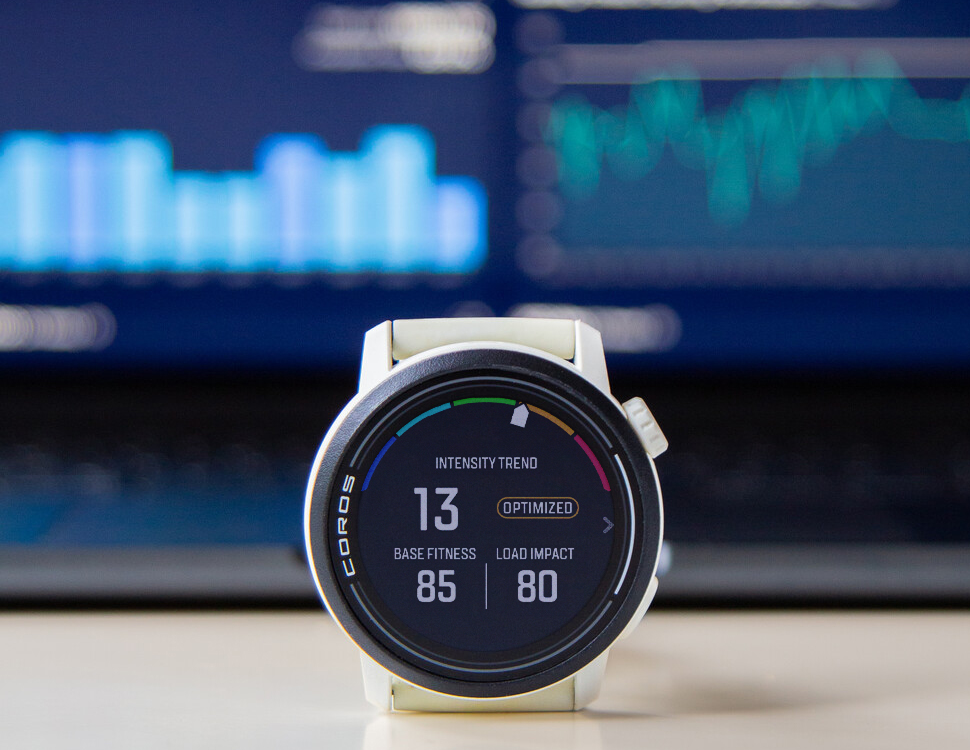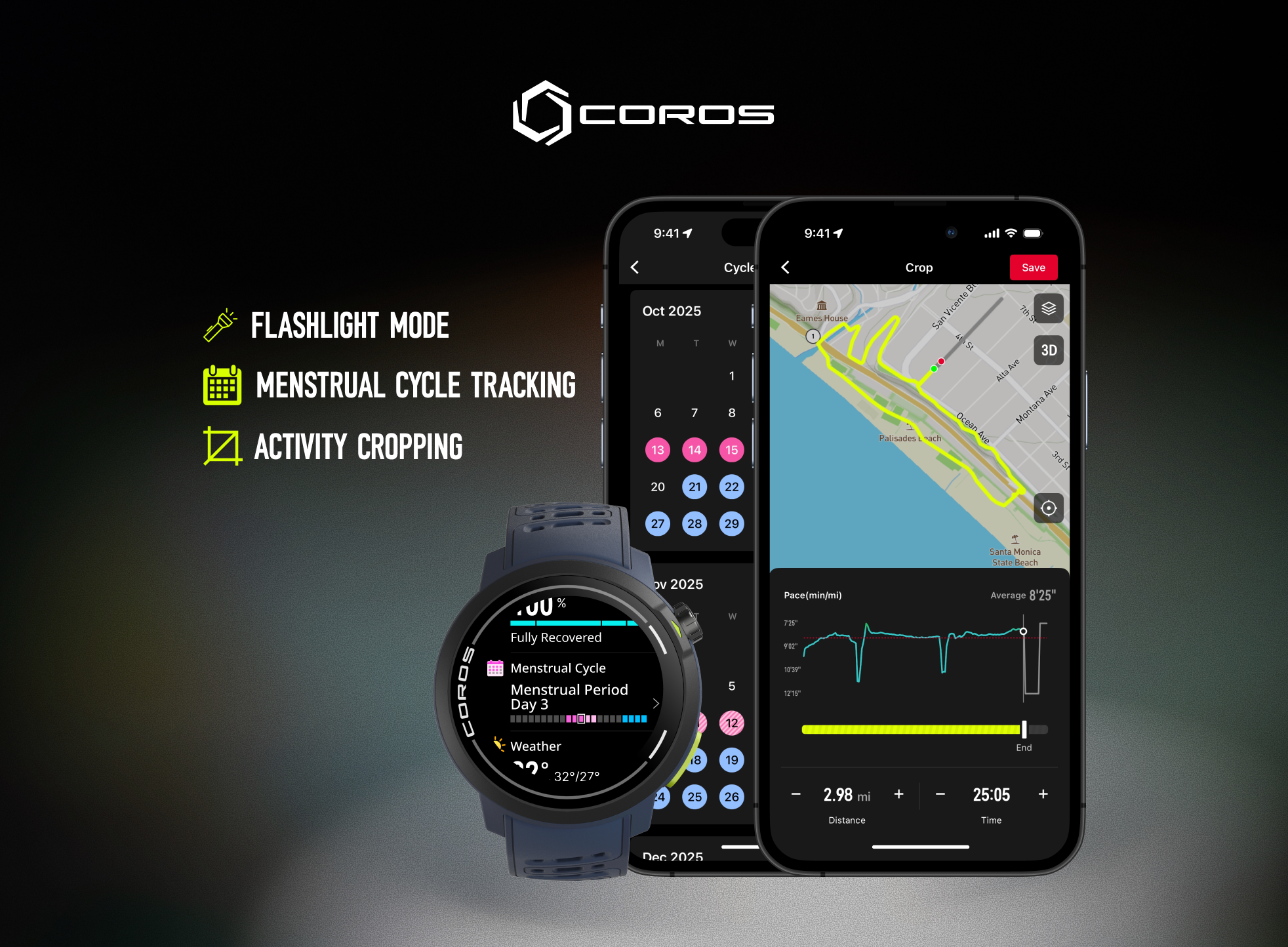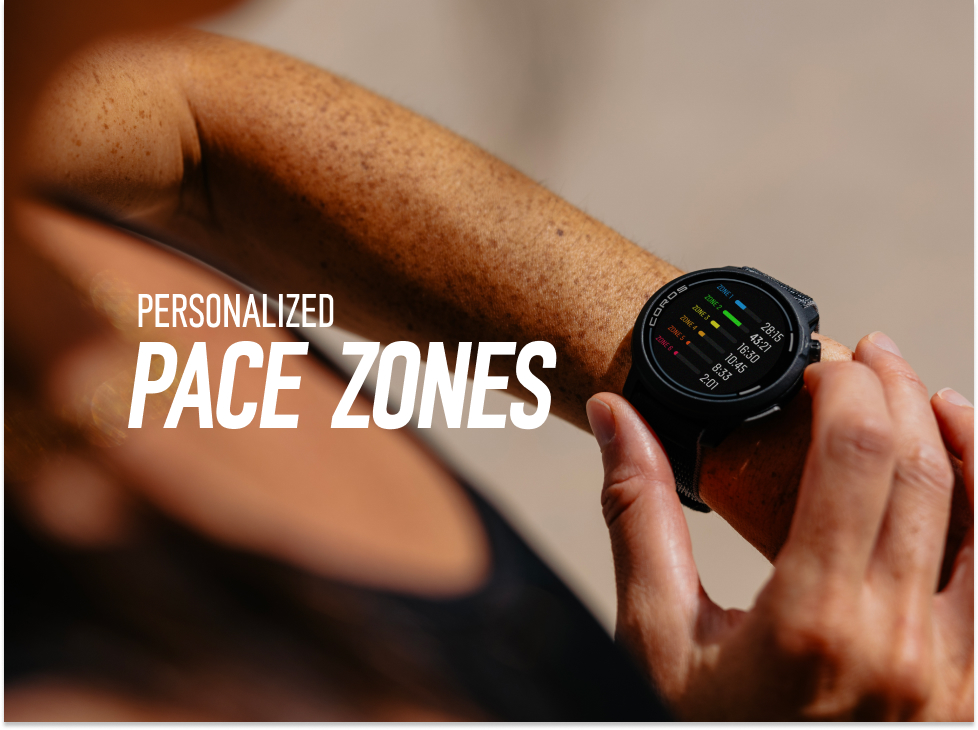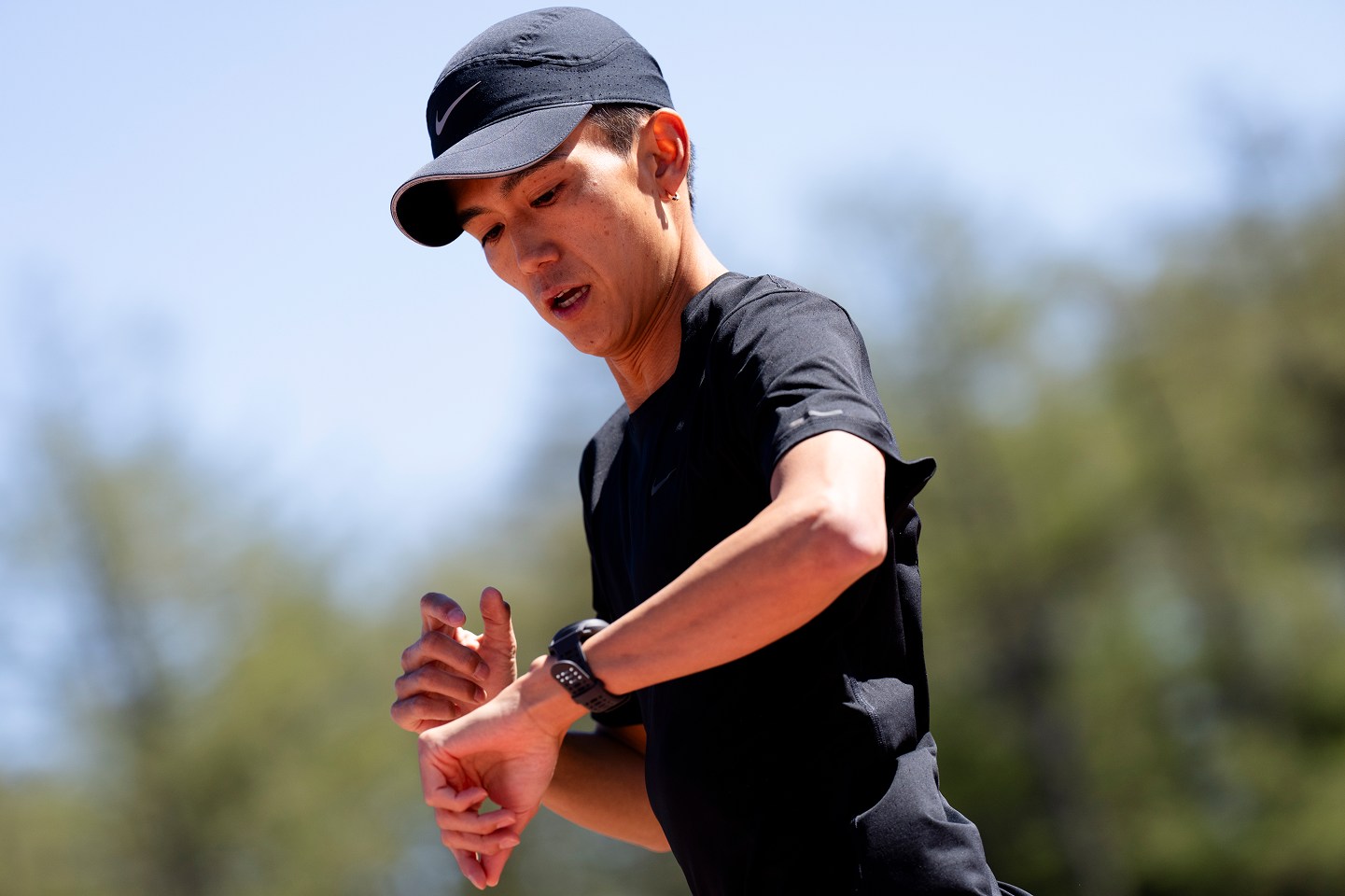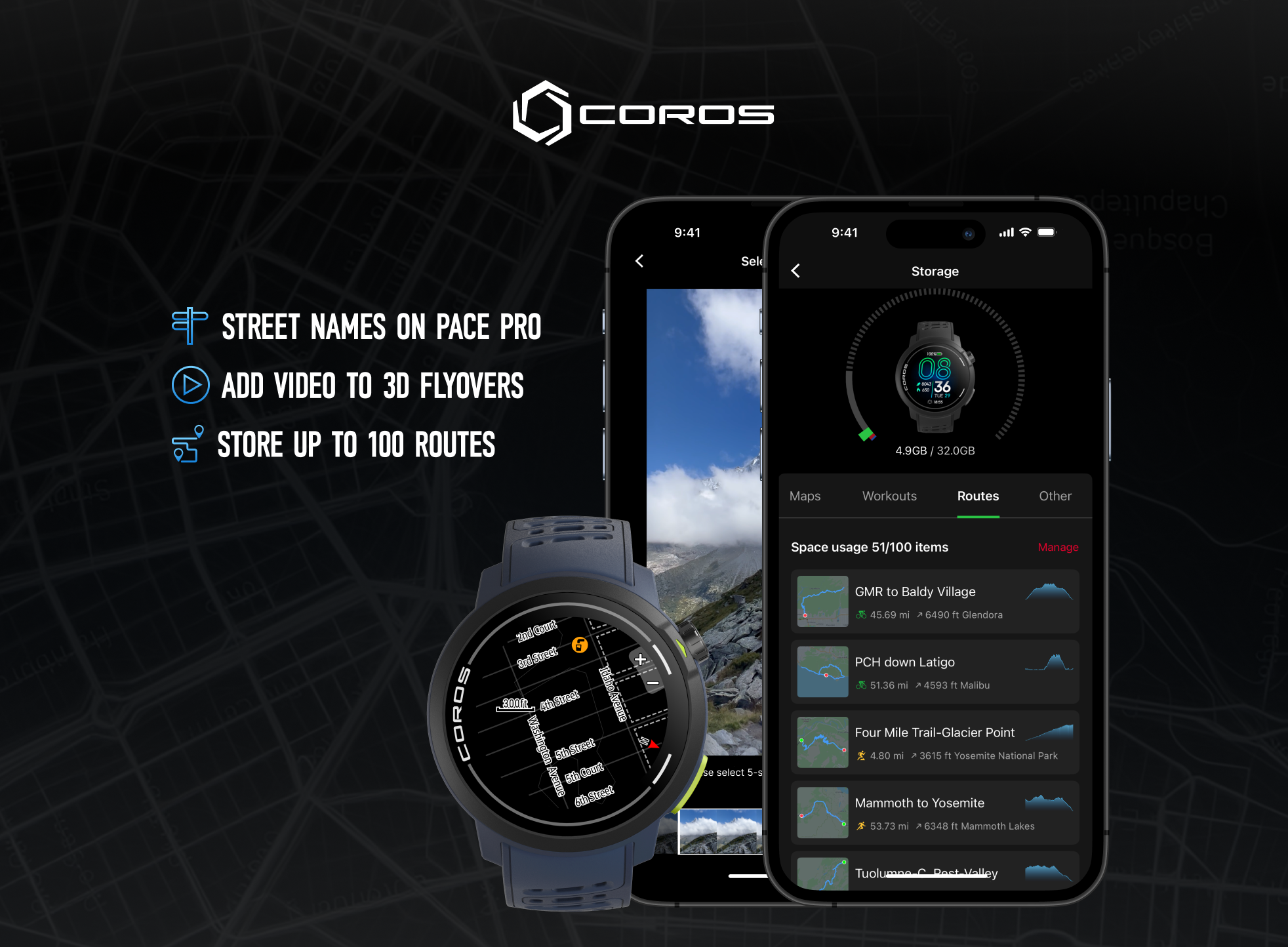As road runners, we most often require a lot of time and experience to precisely know at what pace we should aim for a given race distance. While we frequently have a specific finishing goal time in mind, it remains hazardous to break it down into paces to hold onto for the duration of the race. For most of us, it quickly becomes a guessing game come race day.
Thankfully, COROS Coaches have designed some tools below for you to come back to every time you are training for a road race.
A Threshold Pace Reference Guide
Your threshold pace zones are a great tool to structure your race and have a better idea of how fast you can push come race day. They provide six distinct pace ranges that can be used and improved during training depending on the objective you have. Although we have detailed the purpose of each of those zones in our recent Pace Zones Article, here is a brief summary of how you can expect your body to react in each zone:
| Zones | Perception | Max time spent in this zone | Race often completed in this zone |
| Recovery | Refreshing | Indefinitely | Ultra |
| Aerobic Endurance | Easy | 3-6hrs | Marathon |
| Aerobic Power | Sustainable | 2-4hrs | Half-marathon |
| Threshold | Hard | 30-60min | 10k |
| Anaerobic Endurance | Unsustainable | 10-30min | 5k |
| Anaerobic Power | Maximal effort | <10min | Sprints |
What about HR Zones? While HR can be relevant to monitor during a race, it cannot be relied on to achieve your finishing goal time on any road race when compared to pace. However, both metrics should be used during training to better structure your workouts and help you improve specific skills. Review our Heart Rate Zones Article for more information.
A Road Race Breakdown
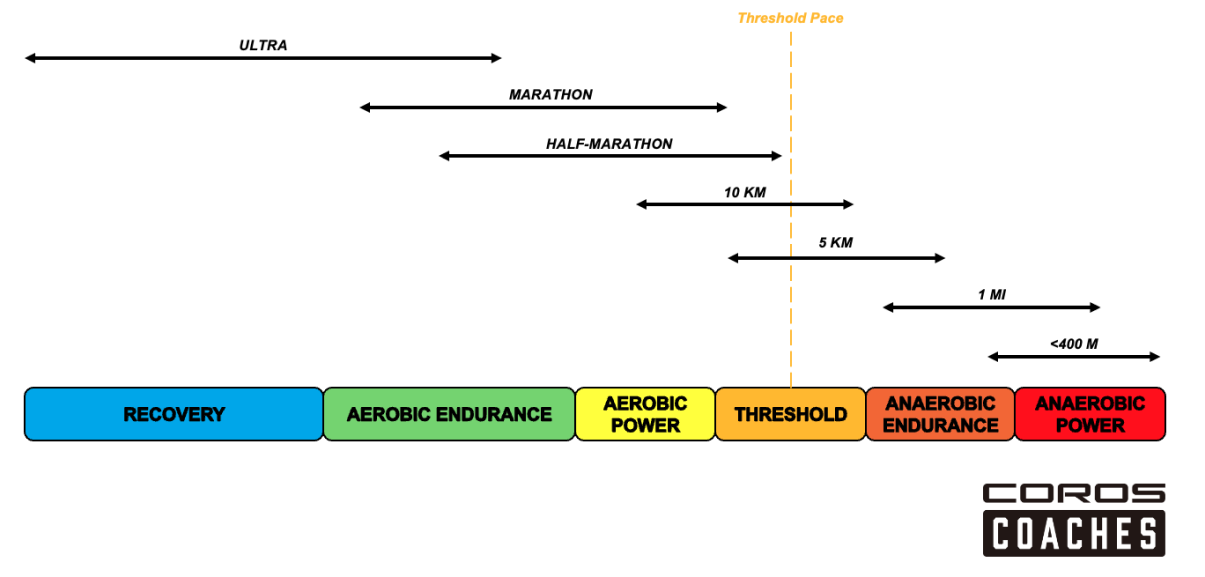
Pacing Strategies based on COROS' Threshold Pace Zones.
While this guide above provides a wide pace range for each race category, here is a more detailed breakdown that may help you identify where you stand in this guide.
Ultra (>30mi)
Ultra distances in running are quite confusing to pace as it highly depends on multiple variables such as altitude, terrain, elevation, and obviously distance. While we have seen some elite athletes completing ultra distances in their fast-end of Aerobic Endurance zone, most ultras will be completed well within your Recovery zone.
| Distance | Pace Zones |
| 50k-50mi | Aerobic Endurance (slow-end) |
| >100k | Recovery |
Marathon
While elite marathon runners can sustain their fast-end Aerobic Power zone, most runners will find themselves within their Aerobic Endurance zone for 26.2 miles. You can improve this skill by focusing on building your aerobic base during training with low-intensity sessions.
| Finishing time | Pace Zones |
| >5:00 | Aerobic Endurance |
| 4:00-5:00 | Aerobic Endurance (fast-end) |
| 3:00-4:00 | Aerobic Power (slow-end) |
| <3:00 | Aerobic Power (fast-end) |
How to structure race day? It is important to begin the race in a more conservative manner and progressively build up towards your goal pace. If you begin too fast, you'll be losing energy you cannot replenish while running, making it more difficult to reach your race goal.
Half-Marathon
While elite half-marathon runners can sustain their threshold zone (slower, but very close to their threshold pace), most runners will find themselves within their Aerobic Power zone for 13.1 miles. You can improve this skill by focusing on building your aerobic base during training with low-intensity sessions.
| Finishing time | Pace Zones |
| >2:30 | Aerobic Power |
| 2:00-2:30 | Aerobic Power (fast-end) |
| 1:30-2:00 | Threshold (slow-end) |
| <1:30 | Threshold |
How to structure race day? It is important to begin the race in a more conservative manner and progressively build up towards your goal pace. While some athletes can maintain a pace that is fairly close to their Threshold Pace, you should never exceed this pace on race day as you'll be losing energy you cannot replenish while running.
10km
This distance is highly representative of your threshold intensity. Depending on your finishing time, you may be wandering around your Threshold zone (below or above), but you should aim to race fairly close to your Threshold Pace as a good reflection of what you are able to achieve for 10km. For a first 10km race, we suggest running around your threshold pace during training to familiarize yourself with this intensity.
| Finishing time | Pace Zones |
| >1:00 | Threshold (slow-end) |
| 0:40-1:00 | Threshold |
| <0:40 | Threshold (fast-end) |
5km
This distance has now exceeded your threshold intensity and dips into Anaerobic Endurance for most runners. It is safe to aim for a faster pace than your current threshold pace if your finishing goal time is <30min. For goal times higher than 30min, we suggest running around your threshold pace during training to familiarize yourself with this intensity before committing to a 5km race.
| Finishing time | Pace Zones |
| >0:30 | Threshold (fast-end) |
| 0:23-0:30 | Anaerobic Endurance (slow-end) |
| <0:23 | Anaerobic Endurance |
1-mi
This short, yet never-ending distance is the perfect representation of your VO2max intensity. While it does not reflect an all-out pace just yet, it would be slightly slower for most runners right at the junction between Anaerobic Endurance and Anaerobic Power zones. For new 1-mile runners, we suggest starting off conservative right at the beginning of Anaerobic Endurance, then slowly building up towards the faster end of this zone.
| Finishing time | Pace Zones |
| >0:09 | Anaerobic Endurance |
| 0:06-0:09 | Anaerobic Endurance (fast-end) |
| <0:06 | Anaerobic Power (slow-end) |
Are You Racing on 'Regular' or 'Diesel'?
Why can't we go all-out from start to finish during a race? It would be much simpler to structure, right! Well, you would experience the same thing as if you would take your car from 0 to 100 mph in a few seconds-you would burn a lot of fuel for nothing. When you arrive all fresh in the morning on the race, you arrive with two tanks full of gas: Regular (Aerobic) and Diesel (Anaerobic). While your regular tank is massive and can take you really far, your Diesel tank is quite small, but powerful. If you begin the race all-out, you'll empty your Diesel tank in no time, leaving you with this low-power tank that can only get you so fast.
In this analogy, your Threshold Pace represents the thin line that separates both fuel tanks. Running faster than threshold means you're using Diesel, while running slower means you're using Regular. While racing, it is important to know how long both of your tanks will last, and how do you react when one of them is empty. It requires experimentation during training and a proper pacing strategy during racing.
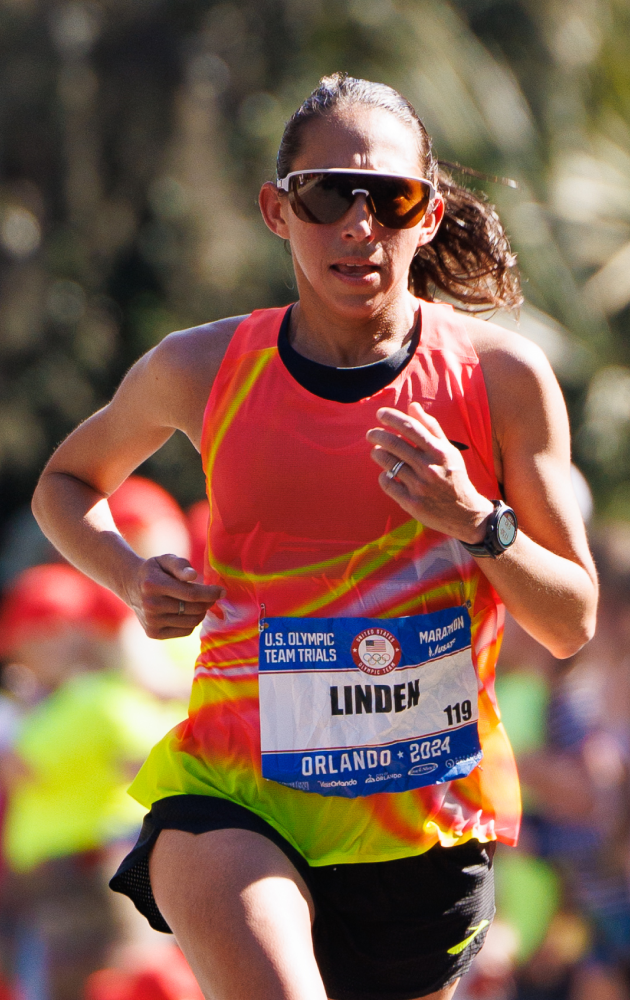
Des Linden racing at the 2024 US Olympic Team Trials.

/filters:quality(90)/fit-in/970x750/coros-web-faq/upload/images/88e85c1fee66bfe241bd3c44abec56e2.png)
